When it comes to understanding temperature and humidity, particularly in the context of meteorology, HVAC systems, and environmental science, two types of temperature measurements are commonly discussed: dry bulb temperature and wet bulb temperature. Both measurements play crucial roles in determining the comfort level and air quality in indoor and outdoor environments, but they are fundamentally different. Let’s dive into what these terms mean and how they are used.
What is Dry Bulb Temperature?
The dry bulb temperature refers to the regular temperature measured by a standard thermometer that is not affected by moisture in the air. It is simply the temperature of the air, typically the reading you see when you check the weather forecast or the temperature inside your house or office. The dry bulb temperature is measured using a mercury or alcohol thermometer and does not account for the humidity level in the environment.
In short, the dry bulb temperature gives you the “ambient” temperature of the air and is the most straightforward way to measure temperature. It is the temperature you would feel on your skin when exposed to the air without any added humidity.
What is Wet Bulb Temperature?
The wet bulb temperature is measured using a thermometer with a wet cloth (often called a wick) wrapped around the bulb. This thermometer measures the lowest temperature that can be achieved by evaporative cooling. When air passes over the wet wick, some of the water evaporates, which cools the thermometer. The rate of evaporation depends on the humidity in the air.
- High Humidity: If the air is already saturated with moisture (high humidity), the evaporation rate slows down, and the wet bulb temperature will be closer to the dry bulb temperature.
- Low Humidity: In drier conditions, the evaporation rate is faster, so the wet bulb temperature will be much lower than the dry bulb temperature.
The wet bulb temperature reflects the amount of moisture in the air and is particularly important in determining the potential for evaporative cooling and assessing how the body will feel in hot and humid conditions.
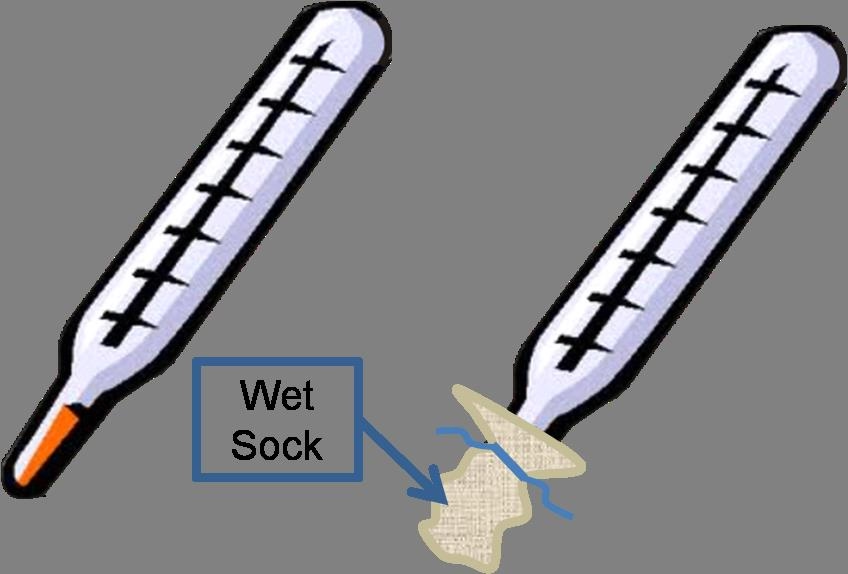
The Difference Between Dry Bulb and Wet Bulb Temperature
The primary difference between these two temperature measurements lies in how they account for humidity:
- Dry Bulb Temperature: Measures the temperature of the air without any consideration of humidity. It gives the “ambient” temperature of the air.
- Wet Bulb Temperature: Measures the temperature of air as influenced by the amount of moisture in the air. It reflects the air’s cooling potential through evaporation.
For example, on a hot day, a high dry bulb temperature might make the air feel warm. However, if the wet bulb temperature is also high, the air will feel much hotter and more uncomfortable because the moisture in the air prevents effective evaporation (like sweat not drying on your skin).
Why Do Dry Bulb and Wet Bulb Temperatures Matter?
Both dry bulb and wet bulb temperatures are essential for various applications:
- HVAC (Heating, Ventilation, and Air Conditioning):
- Dry bulb temperature is used to measure the room’s temperature and to determine whether heating or cooling is needed.
- Wet bulb temperature is used to calculate relative humidity and is important for systems like evaporative coolers, which rely on the ability of water to cool air through evaporation.
2. Weather Forecasting: Meteorologists use both dry bulb and wet bulb temperatures to determine conditions like dew point, humidity, and potential heat indices. A high difference between the dry and wet bulb temperatures indicates low humidity, while a small difference suggests high humidity.
3. Comfort and Health: Wet bulb temperature is crucial for understanding comfort levels in various environments. For example, when the wet bulb temperature is close to the dry bulb temperature, sweating becomes less effective, leading to a higher risk of heat stress or heatstroke
4. Agriculture: Farmers use wet bulb temperatures to monitor humidity levels in greenhouses and agricultural environments. High wet bulb temperatures can stress plants, while the dry bulb temperature indicates how much heat the plants are exposed to.
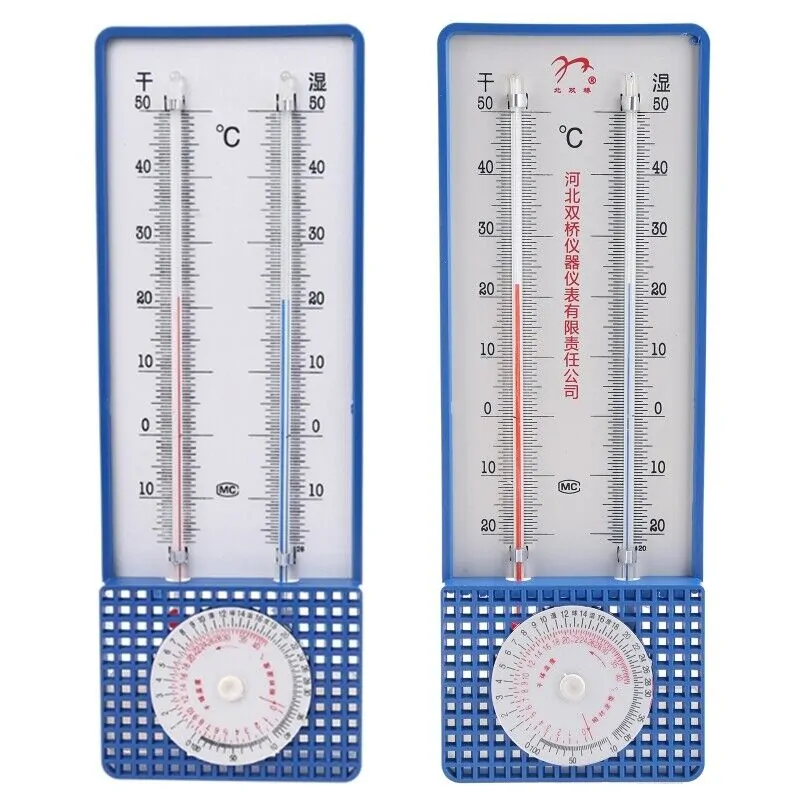
How to Calculate Wet Bulb Temperature
Wet bulb temperature can be calculated using specific formulas or by using specialized instruments. However, a simplified method is by using a psychrometric chart or a hygrometer:
- Measure the dry bulb temperature with a thermometer.
- Measure the wet bulb temperature by wrapping the bulb of a thermometer with a wet cloth and then allowing air to pass over it (for example, by gently waving it or using a fan).
- You can also calculate the wet bulb temperature if you know the relative humidity using psychrometric equations, but it typically requires more advanced calculations or tools.
Conclusion
Understanding the difference between dry bulb and wet bulb temperatures is crucial for various applications, ranging from meteorology and HVAC to agriculture and health. While dry bulb temperature is simply the ambient air temperature, wet bulb temperature provides additional insights into humidity levels and evaporative cooling. Knowing both values is important for assessing comfort, making adjustments to HVAC systems, and ensuring the well-being of both people and plants in different environments.
By using both measurements, you can gain a more accurate understanding of the environmental conditions and make better decisions to maintain a comfortable and safe atmosphere.
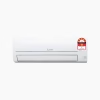
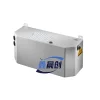
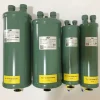
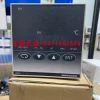
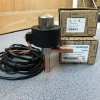
I enjoyed reading this, you’ve covered everything so well.